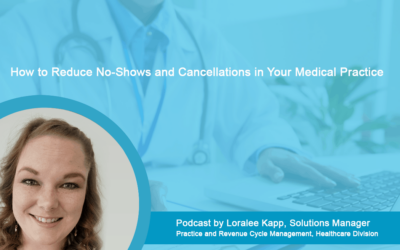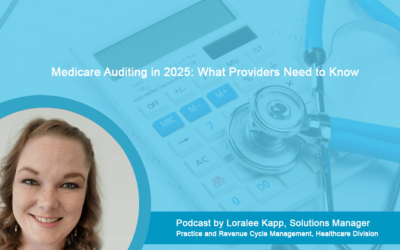Outsource Strategies International (OSI), an experienced medical coding company in Tulsa, Oklahoma, is dedicated to providing accurate medical billing and coding services for diverse medical specialties. In this podcast, Meghann Kiernan one of the senior solution managers at OSI explains how to code hypertensive crisis using the right ICD-10 codes.
Read Transcript
Hello everyone, and welcome to our podcast series. My name is Meghann Kiernan and I’m a Senior Solutions Manager with Outsource Strategies International. Today, I’ll be discussing how to document hypertensive crisis using ICD-10 diagnosis codes. First, let me start off by explaining what a hypertensive crisis is.
A hypertensive crisis occurs when the blood pressure rises quickly and severely with readings of 180/120 or greater. This condition affects more than 500,000 Americans each year, or approximately 1% of hypertensive adults. Uncontrolled hypertensive crisis may lead to stroke, heart attack, heart failure, kidney failure, and rupture of your body’s main artery, among other health issues. Physicians who treat hypertensive crisis rely on medical billing companies to code the condition properly.
A hypertensive crisis is classified into two categories – hypertensive urgency and hypertensive emergency.
A hypertensive urgency is a condition in which blood pressure is extremely high with minimal or no symptoms indicating acute organ damage. Hypertensive emergency or malignant hypertension is a condition in which blood pressure is very high without potentially life-threatening symptoms of target organ damage such as chest pain, shortness of breath, back pain, numbness, weakness, change in vision, or difficulty speaking and signs indicative of acute impairment of one or more organ systems. This condition rarely requires hospitalization, but the provider may adjust or add medications.
There is also a code for hypertensive crisis, unspecified, but its use should be avoided. All of the hypertensive crisis codes require an additional ICD-10 code if the patient is a current or former tobacco user.
Please refer to the Z codes in your ICD-10 menu and also the final list of specific codes which include exposure to environmental tobacco smoke, history of tobacco dependence, occupational exposure to environmental tobacco smoke, tobacco dependence, and tobacco use.
The AAPC.com recently gave a good example of hypertensive crisis coding in its blog. This case involved a 60-year-old male patient, who had chronic hypertension, but was non-adherent with his prescribed medications. The patient had severe headache, sudden onset of left-sided weakness, slurred speech, and left facial droop. His blood pressure was 260/172. A CT scan taken of the head showed right basal ganglia hemorrhage with shift. An emergency right fronto-temporal craniotomy and evacuation of clot was performed on the patient. The provider’s diagnosis was “Basal ganglia hemorrhage with shift and hypertensive emergency.”
In this case, code nontraumatic intracerebral hemorrhage in hemisphere. Subcortical has to be reported for the principal diagnosis for the right basal ganglia hemorrhage. Additional diagnosis codes to assign include hypertensive emergency and essential (primary) hypertension.
Medical coding and billing can be rather challenging. However, medical coding services offered by reliable medical billing and coding companies can help physicians working in this specialty submit their claims with the latest accurate medical codes. This is essential to avoid claim denials and ensure optimal reimbursement.
For the full list of codes discussed in this podcast, please refer to the transcript below. Always remember that documentation as well as the thorough knowledge of payer regulations and guidelines is critical to ensure proper reimbursement for the procedures performed.
Thank you for listening!



